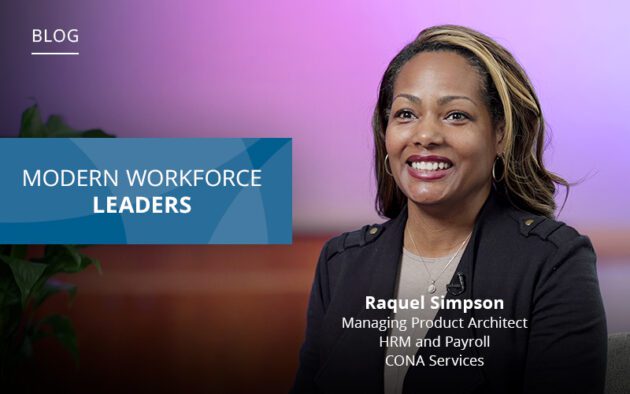Resilient market leaders share several common traits that allow their businesses to thrive regardless of external influences:
- Access to technology that enables a quick pivot in a rapidly changing business climate
- The ability to easily comply with changing guidelines
- Engaged employees that keep operations running smoothly
- Adoption of new ways to provide an attentive, yet safe, customer experience
Employees are clearly at the heart of these themes, and the right employee scheduling practice can have a very meaningful and positive impact across the board. That’s why if you are considering any digital transformation right now, an automated and thoughtful approach to employee scheduling software should be at the top of your list.
Schedule Optimization Provides Timely Response to Disruption
We all know that hindsight is 20/20, and the beauty of this rear-view mirror perspective is that it drives smarter decisions today and into the future, helping us duplicate and refine positive results and avoid repeating past mistakes.
A modern approach to employee scheduling leverages employee scheduling software to evaluate historical data against developing trends to ensure labor demand forecasts reflect the current business climate. However, in addition to historical data, schedule optimization must consider outlying events and disruptions that could result in inaccurate predictions—suggesting that human logic may still play a fundamental role.
Simplify Compliance and Maintain Your Brand Equity
Many states, cities, and provinces have passed laws implementing fair work week hours and scheduling to protect workers’ rights. Several major localities, including New York City, Seattle, and Ontario require employers to provide employees with advance notice of their schedules.
Non-compliance with ever-changing labor laws and union and collective bargaining agreements can be expensive—from the cost of litigation, fines, and penalties to the potential damage to your brand should accusations be made publicly. It can diminish employee engagement and make it difficult to attract and keep top talent. Leaving compliance to chance with manual scheduling processes can place your organization at substantial risk, if you can’t prove compliance with work hour limits, fair and predictive scheduling guidelines, and minimum employee qualifications. Predictable shift schedules that follow governmental guidelines on set work hours and necessary breaks during and in-between shifts is the best practice for improving the employee work experience.
When employee needs are being met, providing a work/life balance that works for them, they will be happier. That can translate into increased productivity and stronger loyalty to their employer. A modern approach to scheduling should provide employers with the ability to check in and communicate with their employees to ensure they aren’t over-worked or dissatisfied with the shifts they are assigned. Pre-emptive alerts can warn employers of any potential violations or contractual constraints, balancing the needs of employees with the organization’s business goals.
Boosting Employee Engagement Benefits Everyone
According to the third annual Global Employee Experience Study, 31% of employees felt their current employer did not offer flexible scheduling. Since the yearly study was developed in 2021, the importance of flexible scheduling for employees has increased from 59% in 2021 to 84% in 2023.
Flexible scheduling and better work/life balance has remained a top factor for employees’ positive engagement with current employers and is influential when they are looking at prospective employers. When employees have control of their schedules, they’re less likely to experience burnout and unplanned absences—and more likely to be invested in their work and their employer.
Optimized scheduling has a positive impact on employee experience factors. Early access to planned schedules enables employees to coordinate personal and professional commitments. Advanced employee scheduling software allows employees to independently resolve last-minute conflicts between scheduled work and personal obligations. Better employee engagement ensures you attract and retain top talent to strengthen operational performance and meet business goals. Employees value their organization’s positive and timely response to issues that matter to them. Organizations should prioritize employee needs because employees are valuable to the organization—often in the form of tangible business cost benefits, including improved retention, productivity, and greater customer satisfaction.
Investing in a Modern Scheduling Approach
Prioritizing employee experience is no longer optional and schedule optimization software isn’t just a time-saving tool; it’s a strategic investment that empowers your workforce, safeguards compliance, and enhances your brand’s reputation.
By leveraging historical data, anticipating future trends, and incorporating employee feedback, you can create predictable and flexible schedules that cater to individual needs while aligning with business goals. This fosters a culture of trust and engagement, leading to a more productive, loyal, and resilient workforce.
Remember, happy employees lead to happy customers. Make the switch to a modern scheduling approach and watch your entire organization flourish.
Schedule a demo to learn more about how WorkForce Scheduling can optimize your workforce and improve the workforce experience. Leveraging workforce management software for better scheduling practices benefits employees and boosts overall business performance and customer satisfaction.




